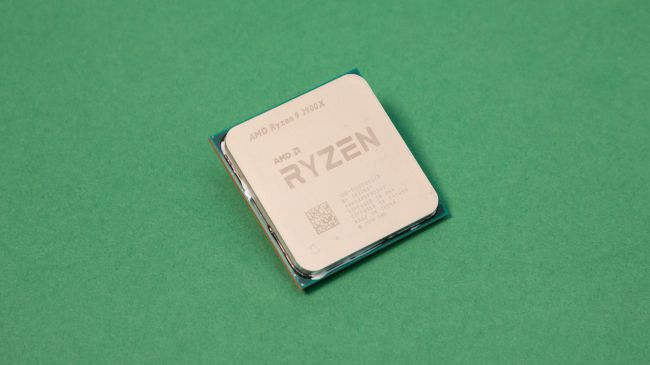
It was just a few months ago, in May, that AMD announced six Zen 2-based desktop processors. While people were still discussing Zen 3, it seems to be pushed back into oblivion already. AMD officially confirmed that it is simultaneously working on Zen 4 and Zen 5 microarchitectures. Zen 2 currently powers the popular Ryzen and Epyc CPUs. It also helps run the Navi GPUs. Unfortunately, Zen 2 is already obsolete now as AMD’s Mark Papermaster confirmed that Zen 3 was complete in every aspect. He also added that the 4 & Zen 5 are in the design phase.
He mentioned casually that it was AMD’s commitment to return being the leader of the market and stay that way. This can be interpreted as a not-so-veiled desire to trounce Intel. Mark papermaster, who is the CTO of AMD, revealed these juicy tidbits at the Epyc Horizon Executive Summit in Rome. Zen 4 is expected to hit the market in 2022, while Zen 5 will arrive in 2024.
What are the new Zen microarchitectures packing?
Zen 3 is expected to see an IPC increase of 10% from Zen 2. The specifications of Zen 4 and Zen 5 are not available at the moment, and everything is merely speculative. However, it is clear that AMD is looking quite far into the future, and though we are currently in the Zen 2 era, the company has already begun to work 3 generations ahead. This obviously requires a lot of planning and strategizing. The only thing that is conformed at the moment is that the current 7nm process of Zen 2 will move towards a 7nm+ process in Zen 3.
The market implications of the new announcement
These processors will give Intel a run for its money, as they are more superior and faster in every way. Server processors are likely to benefit the most due to these advanced AMD microarchitectures. It must be borne in mind that AMD has always been popular among gamers, than among general computer users. This is because of its superior rendition of graphics and speed when it comes to gameplay. In the future, AMD processors may revolutionize the way we conceive graphics. It remains to be seen how this will actually affect products that will run on processors backed by these microarchitectures. Such information may be available only as more leaks with respect to technical specifications arrive.










